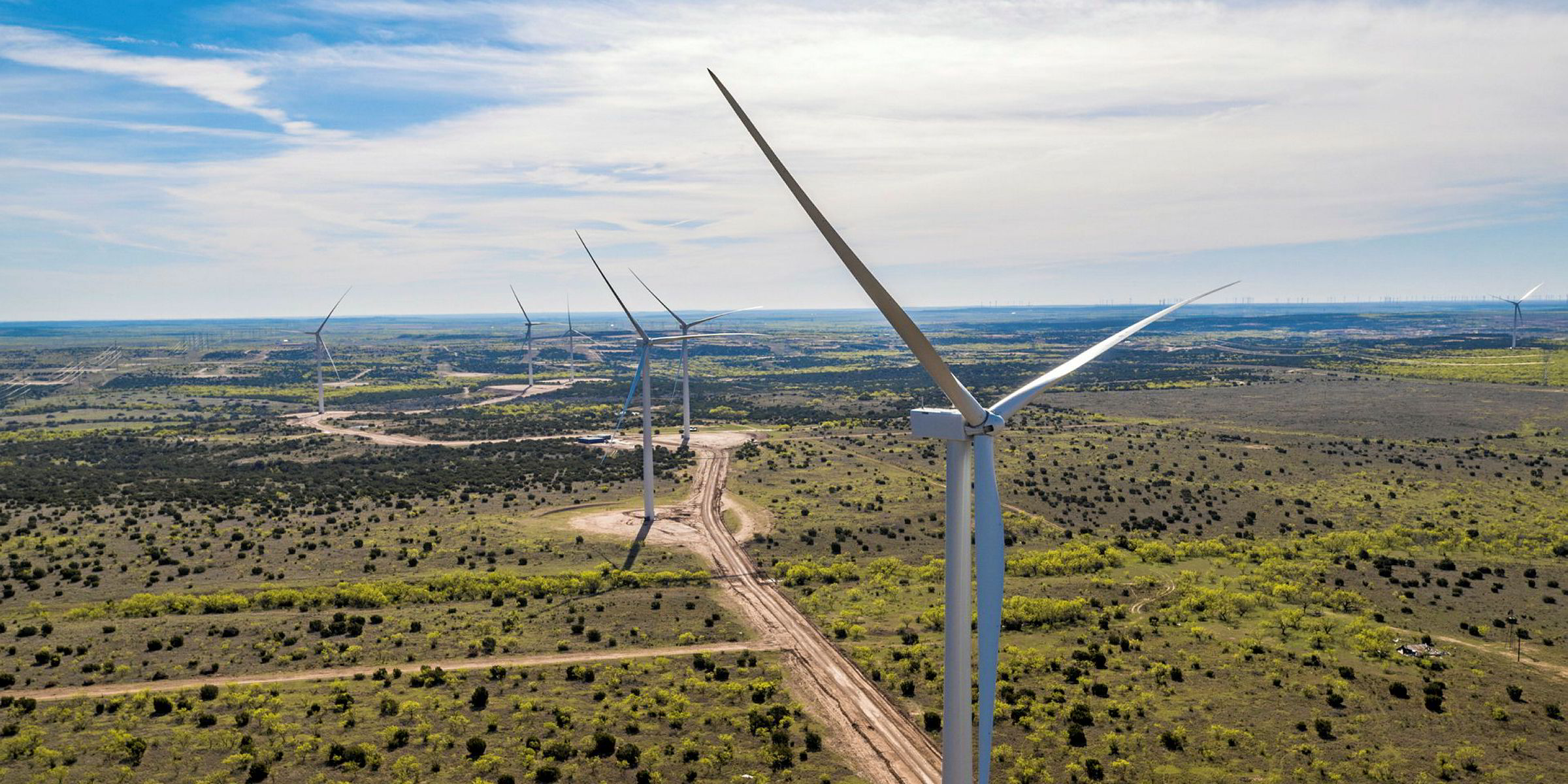The US will double its installed wind base to 200GW in the years ahead, despite a long-term threat from distributed generation, said Declan Flanagan, chief executive of developer Lincoln Clean Energy, on the day the acquisition of his company by Denmark’s Orsted was finalised.
“You’ve got 100GW of installed capacity or thereabouts now [in the US], and I can see a clear line of sight to that getting doubled,” Flanagan told an American Wind Energy Association conference Monday in New York.

